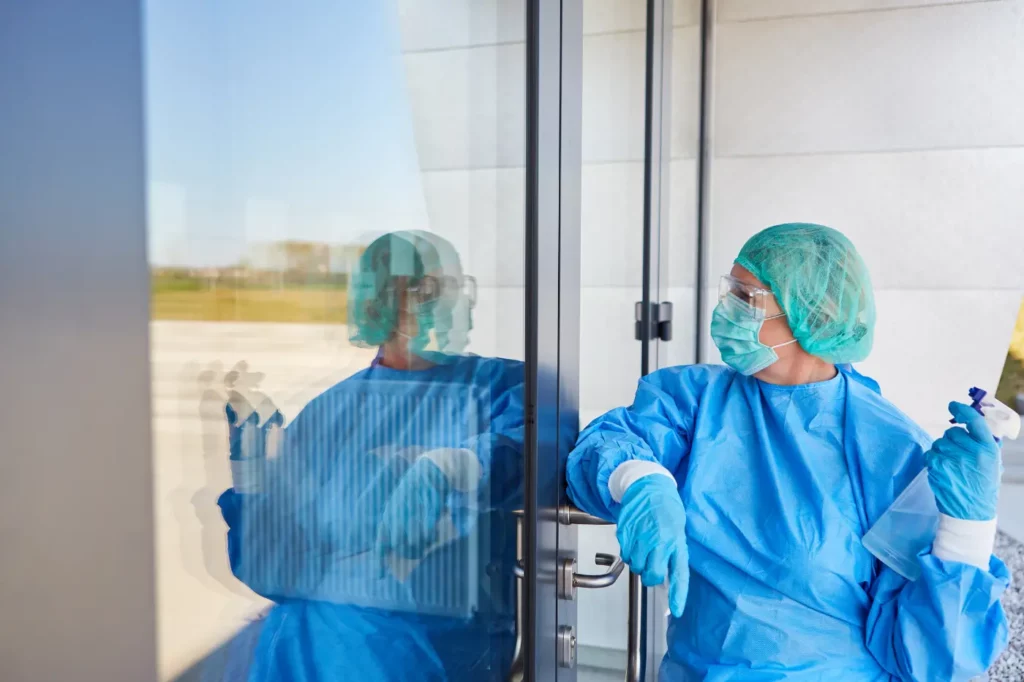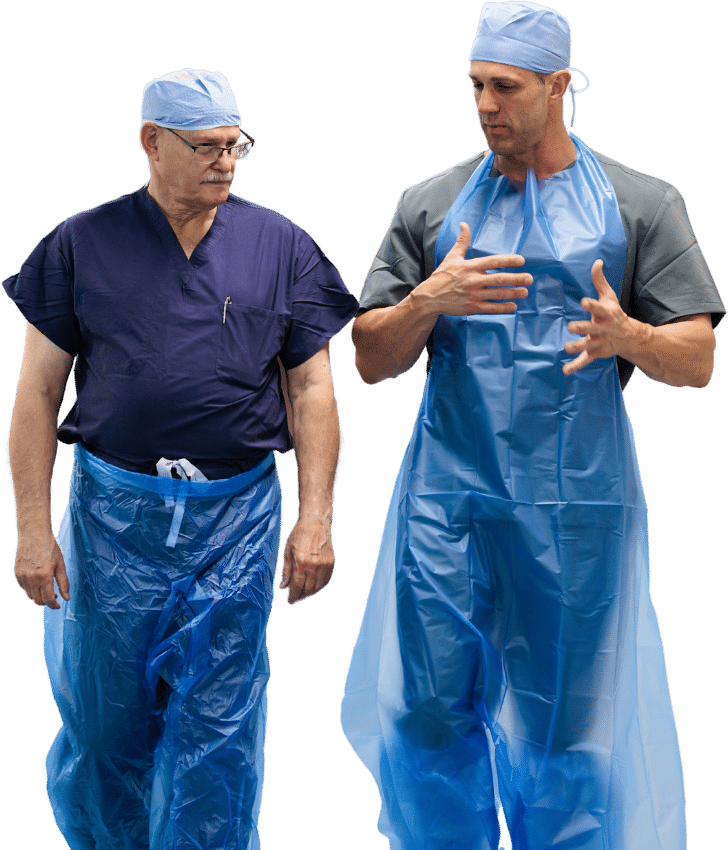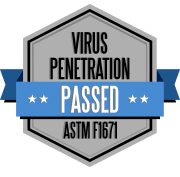Everyone in your healthcare facility is ultimately responsible for infection control, and possibly this responsibility as seriously as the nurses on the frontlines of our hospitals and surgical centers. Despite their commitment, according to the CDC, hospital-acquired infections (HAIs) account for an estimated 1.7 million infections and 99,000 associated deaths each year in American hospitals. (journals.lww.com)
Infection Prevention Nurses, or Infection Control Nurses, are key players when it comes to shoring up the health and safety of patients and frontline workers through evidence-based practice, updated health data, and the latest health and safety practices, protocols, and procedures. Infectious diseases don’t stand a chance against these professionals!
Even if your facility is one of the 32% of hospitals that doesn’t have an ICN on staff (American Journal of Infection Control), there are things every nurse and support staffer can do to prevent the spread of infection in your facility.
Between advancements in infection control technology and some tried-and-true best practices, let’s explore the key innovations and timeless standards in infection control that every nurse should be familiar with.
What Exactly is Infection Control?
Infection control, in the context of hospitals and surgical centers, refers to the practices and protocols implemented to prevent the spread of infections among patients, staff, and visitors. It’s the process by which your staff prevents the spread of infection.
Infection control is a simple phrase for a comprehensive approach that reduces the risk of infections within healthcare settings. Infection control measures include implementing proper hand hygiene practices, cleaning and disinfecting patient care areas, utilizing personal protective equipment (PPE) such as gloves and masks, following sterile techniques during surgical procedures, and ensuring the appropriate management of infectious waste.
By adhering to infection control guidelines, healthcare facilities can create a safe and sanitary environment, minimizing the potential for hospital-acquired infections and promoting optimal patient care and outcomes.
Core Infection Prevention and Control Practices from the Centers for Disease Control & Prevention
The CDC’s core infection prevention and control practices are designed to minimize the risk of spreading infections between patients, healthcare personnel, and visitors. Amid the rise of hospital-acquired infections, the CDC has outlined six essential pillars that every infection prevention protocol should wrap procedures around:
1. Hand hygiene: Clean hands are crucial for preventing the transmission of infections. Healthcare workers should wash their hands with soap and water or use hand sanitizers before and after patient contact.
2. Personal protective equipment (PPE): Proper use of PPE, such as gloves, gowns, masks, and eye protection, is essential to protect healthcare workers and patients from exposure to infections.
3. Safe injection practices: Healthcare providers must follow strict guidelines to ensure that needles, syringes, and other equipment are used safely and hygienically, reducing the risk of transmitting infections through contaminated devices.
4. Environmental cleaning and disinfection: Regular cleaning and disinfection of patient care areas, equipment, and frequently touched surfaces help to maintain a safe and hygienic environment.
5. Respiratory hygiene and cough etiquette: Patients and visitors should be educated about covering their mouths and noses when coughing or sneezing to prevent the spread of respiratory infections.
6. Safe handling of potentially infectious materials: Healthcare workers should be trained on proper protocols for managing and disposing of biohazardous materials to minimize the risk of transmission.
By implementing these core infection prevention and control practices, healthcare facilities can significantly reduce the risk of healthcare-associated infections.
Know the Chain of Infection
The chain of infection explains how infections are transmitted from one person to another. By identifying and interrupting each link in the chain, nurses can help disrupt the spread of infection and maintain a safe and healthy environment.
The chain of infection consists of six links:
- Infectious agent: This is the microorganism that causes the infection, such as bacteria, viruses, or fungi. These agents can be present in bodily fluids, on surfaces, or in the air.
- Break the chain! Keep infections from taking hold by using vaccines and using sick time to recover faster when ill. Infection rates dramatically decline when vaccines are widely adopted.
- Reservoir: The reservoir is the place where the infectious agent lives and grows, such as a patient, healthcare worker, or contaminated equipment. Proper and regular cleaning and disinfection of the environment are essential to prevent the buildup of infectious agents.
- Break the chain! The use of impermeable disposable protective clothing, surgical masks, and disposable patient transfer sheets can keep infectious agents from exiting the reservoir. Thorough sanitation of hands and surfaces is also key at this stage.
- Portal of exit: This is the way the infectious agent leaves the reservoir and enters a new host. Examples include coughing, sneezing, contact with bodily fluids, or through medical procedures.
- Mode of transmission: This refers to the method by which the infectious agent is spread. It can be through direct contact, such as touching contaminated surfaces, or indirect contact, such as touching contaminated objects.
- Portal of entry: This is the route through which the infectious agent enters a new host. Common portals of entry include breaks in the skin, inhalation, or ingestion.
- Susceptible host: A susceptible host is someone who is at risk of infection. Factors that increase susceptibility include a weakened immune system, underlying medical conditions, or lack of immunization.
- Break the chain! Properly used, high-quality PPE and dedicated hand hygiene are the biggest players in links 3-6. When the reservoir, like a patient, is wearing appropriate PPE and your nursing staff is thoroughly protected with impermeable disposable protective gear, transmission rates drop dramatically.
By practicing proper hand hygiene, wearing the right level of personal protective equipment, adhering to sterilization protocols, and promoting vaccination, your facility can break links in the infection transmission chain and help keep staff and patients safe.
The Latest Advancements in Infection Prevention Technology
With those basics out of the way, there are new advancements in infection prevention technology your facility should consider! Here are some of the latest breakthroughs in this field:
– UV-C disinfection: Ultraviolet-C (UV-C) light is effective in killing microorganisms by disrupting their DNA structure. Portable UV-C devices are being used in various settings, such as hospitals and public spaces, to decontaminate surfaces, air, and even personal protective equipment.
– Antimicrobial coatings: Special coatings infused with antimicrobial agents have been developed to inhibit the growth of bacteria and viruses on surfaces. These coatings can be applied to frequently touched objects like doorknobs, countertops, and medical equipment.
– Self-disinfecting materials: Researchers are exploring the use of materials that can self-clean, reducing the need for manual disinfection. For example, copper alloys have natural antimicrobial properties that can continuously kill bacteria on their surface.
– Air filtration systems: Advanced air filtration systems are being utilized to remove airborne pathogens from indoor environments. High-efficiency particulate air (HEPA) filters and ultraviolet germicidal irradiation (UVGI) are employed to capture and kill microorganisms suspended in the air.
– Novel disinfectants: Traditional disinfectants like bleach and alcohol are effective, but they can be harsh and toxic. Recently, there has been a focus on developing alternative disinfectants that are safer, environmentally friendly, and potentially more effective against emerging pathogens.
– Single-patient use technology: Traditional medical equipment, like patient transfer boards, can be replaced with single-patient use PPE. These slide sheets and other tools stay with a single patient throughout their hospital stay, keeping their infectious agents contained.
These advancements in infection prevention technology provide promising solutions for mitigating the spread of infections in various settings, from doctor’s offices and hospitals right up to the operating room.
Four Key Ways Nurses Can Defend Patients & Staff From Infection
With over 99,000 deaths from Healthcare-Acquired Infections annually, there are four simple but important ways that every nurse can help keep their fellow staff and patients safer from infectious diseases and bloodborne pathogens.
1. Recognizing Risky Infection Situations
As a nurse, recognizing risky infection situations is a crucial part of your role in providing quality care to patients. As part of your initial assessment of a patient, you’re already observing patients for common signs and symptoms of infection such as fever, redness, swelling, and discharge.
Patient history also plays an important role in identifying infection risks. We inquire about recent surgeries, procedures, or hospital stays that could increase the likelihood of infections.
When a patient is presenting with clear signs of illness, it’s important to follow strict infection control protocols. Make sure the rest of the care team is in the loop, too. Clear communication between the patient and every member of the healthcare team, including your infection control team, can keep everyone from making a mistake that leads to an infection breach.
2. Prioritizing Proper Hand Hygiene
Does your facility practice the WHO’s “Five Moments” for hand hygiene? According to the WHO “Five Moments” model, healthcare workers should perform hand hygiene at five key moments while providing care:
- Before touching a patient
- After touching a patient
- Before a clean or aseptic procedure
- After the risk of exposure to body fluid
- After touching the surroundings or belongings of the patient
Use soap and water, rubbing your hands together for at least 20 seconds, covering all surfaces including the backs of hands, between fingers, and under nails. If soap and water are not readily available, use an alcohol-based hand sanitizer instead, also for 20 seconds, and wash your hands with soap at the next possible moment.
Avoid touching your face, especially while at work. This helps to minimize the risk of transferring pathogens from your hands to areas where they can easily enter the body.
Gloves, while an invaluable part of your PPE kit, are not a replacement for proper hand hygiene. There’s no substitute for washing your hands!
If your facility has an Infection Control Nurse, it’s their job to educate and train the rest of the nursing staff on proper hand hygiene techniques. They’ll also monitor and audit hand hygiene practices, providing feedback and addressing any issues that arise.
3. Using the Right PPE for the Procedure at Hand
When it comes to certain surgical procedures and infection risks, having the right personal protective equipment (PPE) offers enhanced protection when a dangerous pathogen may be present. Items such as fluid-impermeable jumpsuits, aprons, knee-high leggings, and shoe covers can provide an extra layer of protection in surgery or when superbugs are suspected.
Some procedures or surgeries involve more exposure to bodily fluids and other potential contaminants than others. Fluids can easily seep through regular scrubs or unprotected shoes, leaving you sticky or wet, and at risk for infection.
Choosing high-quality, fluid-impermeable PPE ensures an effective barrier against fluids, blood, and other potentially infectious materials, reducing the risk of contamination and infection transmission.
Choose and keep PPE in stock for these situations. Your PPE should be ASTM-F1671 tested and should be 2 ml or thicker.
4. Disinfecting Surfaces and Choosing Disposables When Needed
Disinfection, sanitization, and general cleaning is an ongoing battle in every healthcare facility. Environmental cleaning is typically performed manually using disinfectant agents, including hypochlorous acid, hydrogen peroxide, and paracetic acid; however, studies have shown that manual cleaning is not predictable and depends on the education of cleaning personnel and nurses and the appropriate amounts of disinfectant solutions, with reports indicating that only about 47% of surfaces are appropriately disinfected.(Sources: 41, 178)
Environmental cleaning can be supplemented by using automated technologies (also known as no‐touch disinfection methods), including aerosol and hydrogen peroxide vapor systems such as micro-condensation systems, which have shown effectiveness in cleaning MRSA, C. difficile, and Mycobacterium tuberculosis. Unfortunately, these technologies are still expensive and have yet to be widely adopted in most hospitals and healthcare systems.
In certain situations, using disposable personal protective equipment (PPE) may be more effective in managing infection risks, and is almost always more time-efficient.
For instance, ezGLIDE patient transfer sheets from Sloan Medical offer a disposable solution for patient transfers. These sheets are designed to stay with one patient for the duration of their stay, reduce the risk of cross-contamination, and eliminate the need for traditional patient transfer boards.
Compared to traditional transfer boards, disposable solutions like ezGLIDE patient transfer sheets provide several benefits. They are lightweight, easy to use, and disposable after a single patient (not a single use!), dramatically reducing the risk of infection associated with reusable surfaces. Additionally, their smooth surface allows for effortless patient transfers while minimizing friction and pressure on the skin.
Get the PPE Designed By and For Medical Professionals
We’re on a mission to keep every doctor, surgeon, nurse, and technician safe and dry through every procedure. We take pride in producing truly impervious and slip-resistant ISO medical-grade covers, tested with the highest quality protection against fluids and contaminants.
Sloan Medical is confident that if you try our products, you’ll never go back. So, before you go, claim your free STA-DRI samples and see the difference for yourself.
